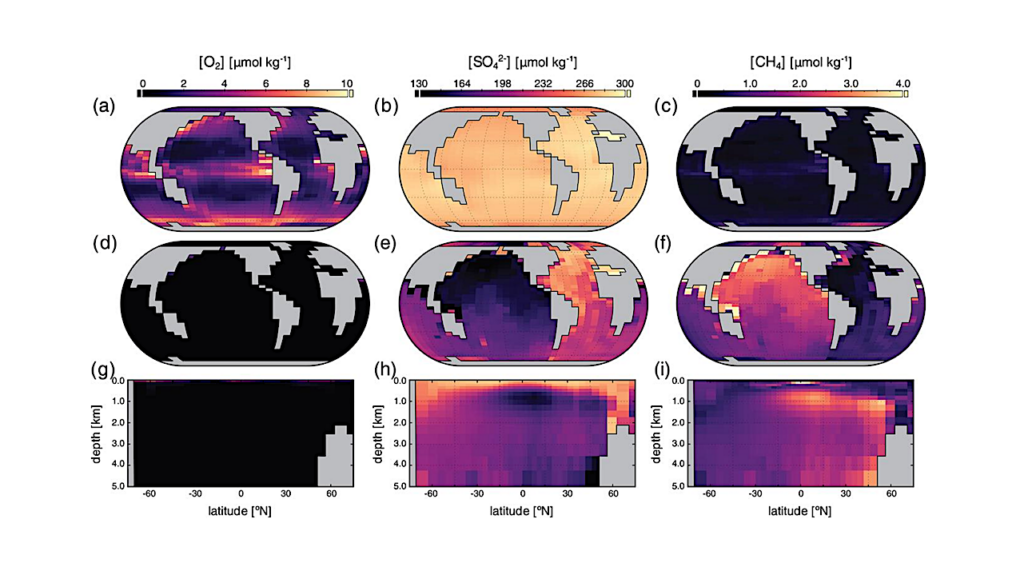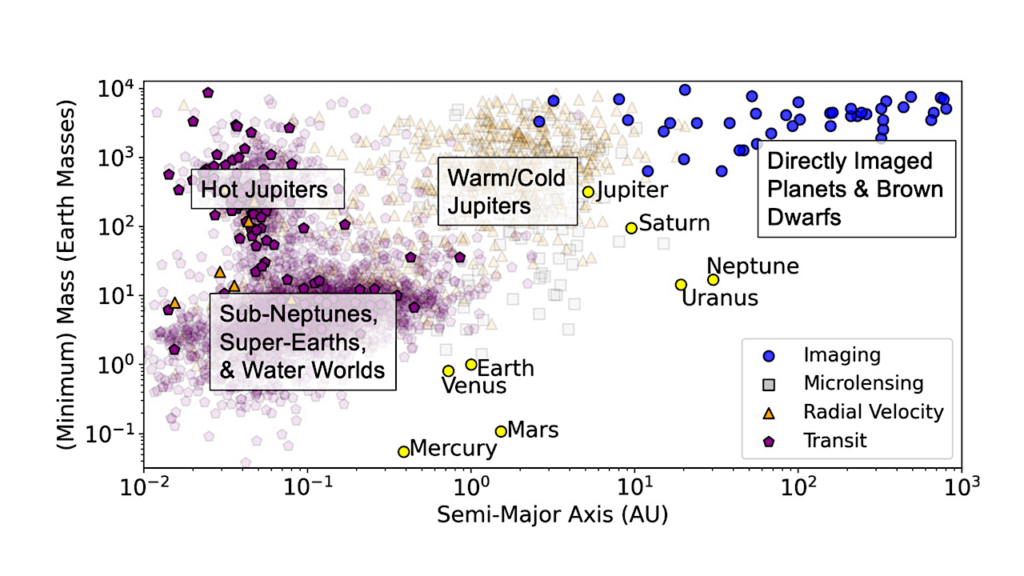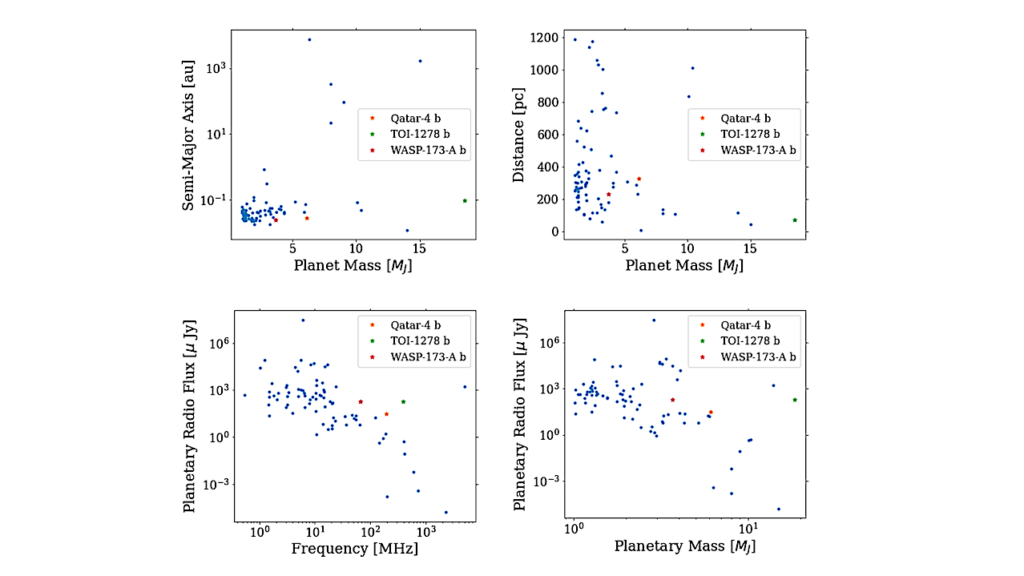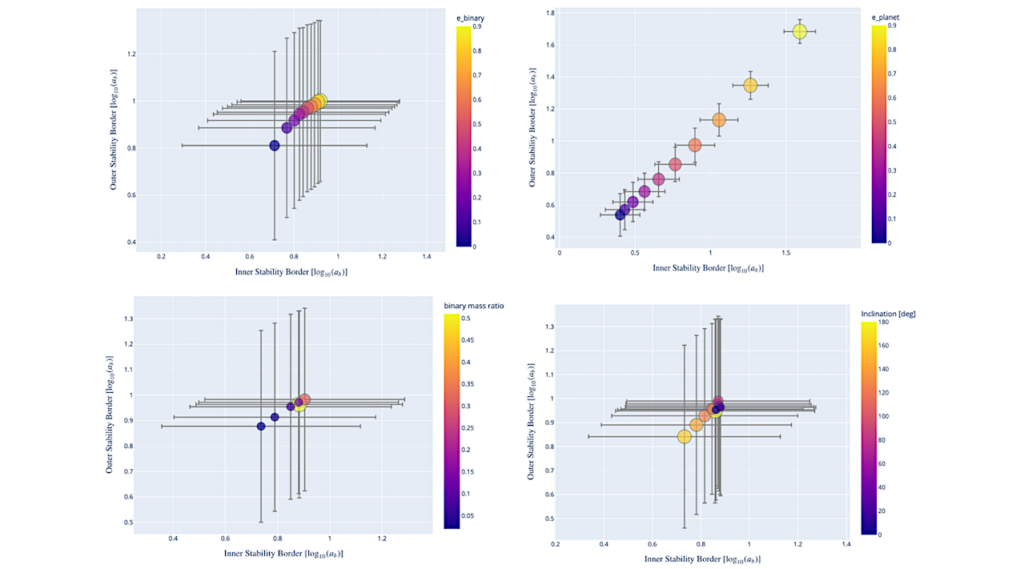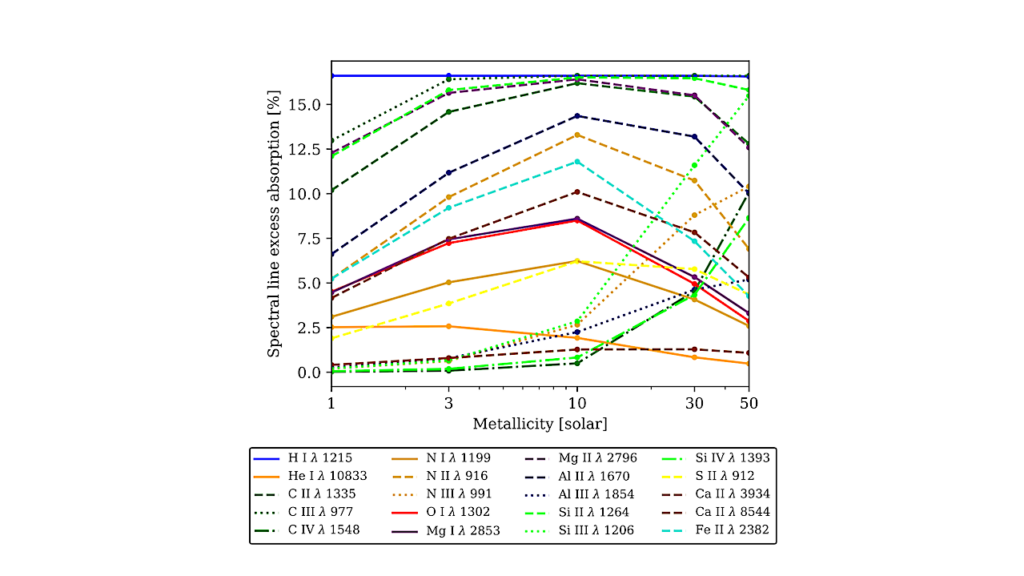Tidal Insights Into Rocky And Icy Bodies: An Introduction And Overview

Solid body tides provide key information on the interior structure, evolution, and origin of the planetary bodies.
Our Solar system harbours a very diverse population of planetary bodies, including those composed of rock, ice, gas, or a mixture of all. While a rich arsenal of geophysical methods has been developed over several years to infer knowledge about the interior of the Earth, the inventory of tools to investigate the interiors of other Solar-system bodies remains limited. With seismic data only available for the Earth, the Moon, and Mars, geodetic measurements, including the observation of the tidal response, have become especially valuable and therefore, has played an important role in understanding the interior and history of several Solar system bodies.
To use tidal response measurements as a means to obtain constraints on the interior structure of planetary bodies, appropriate understanding of the viscoelastic reaction of the materials from which the planets are formed is needed. Here, we review the fundamental aspects of the tidal modeling and the information on the present-day interior properties and evolution of several planets and moons based on studying their tidal response. We begin with an outline of the theory of viscoelasticity and tidal response.
Next, we proceed by discussing the information on the tidal response and the inferred structure of Mercury, Venus, Mars and its moons, the Moon, and the largest satellites of giant planets, obtained from the analysis of the data that has been provided by space missions. We also summarise the upcoming possibilities offered by the currently planned missions.
Amirhossein Bagheri, Michael Efroimsky, Julie Castillo-Rogez, Sander Goossens, Ana-Catalina Plesa, Nicolas Rambaux, Alyssa Rhoden, Michaela Walterová, Amir Khan, Domenico Giardini
Subjects: Earth and Planetary Astrophysics (astro-ph.EP)
Cite as: arXiv:2206.04370 [astro-ph.EP] (or arXiv:2206.04370v1 [astro-ph.EP] for this version)
Submission history
From: Amirhossein Bagheri
[v1] Thu, 9 Jun 2022 09:26:51 UTC (20,828 KB)
https://arxiv.org/abs/2206.04370
Astrobiology



